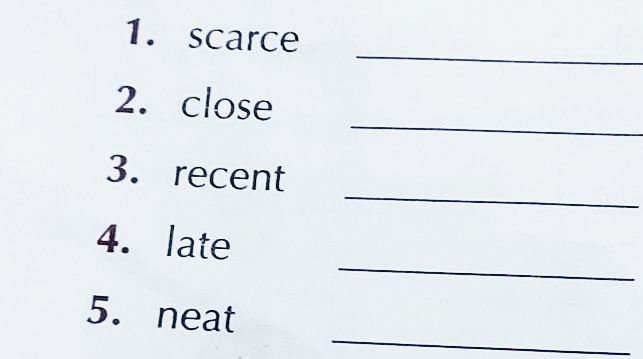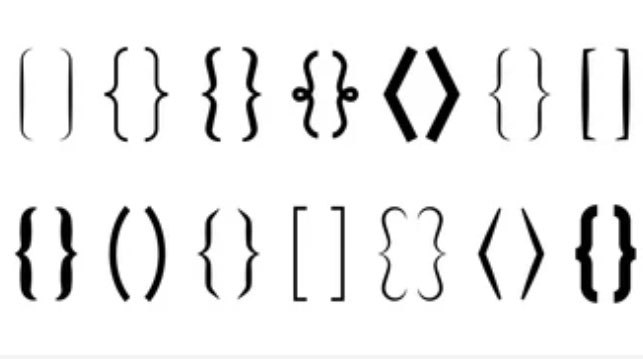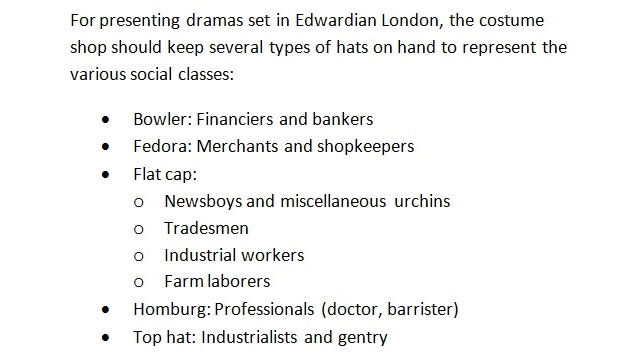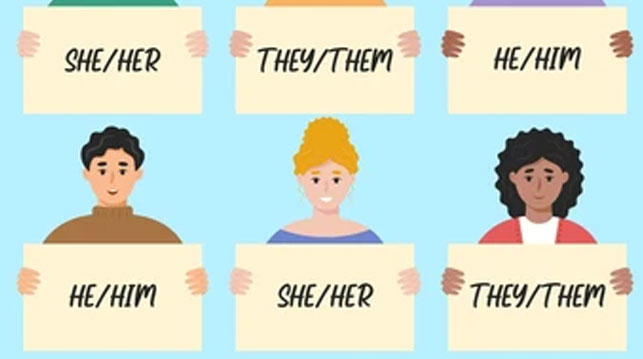
Adverbs are modifiers used specifically to explain, describe, and define the way actions occur. They’re…

I spend a lot of my editing hours at ProofreadingPal dealing with wayward italics, so…
Get a free sample of ProofreadingPal’s work.
Two professional proofreaders will proofread and edit your document.
Try it
Let's talk about two marks that set off complementary information, phrases and clauses without which…

Two schools of thought have helped define the English lit attitude toward writing description since…

In today’s post, I’ll look at three potentially problematic issues related to quoting and paraphrasing…

The problem with having so many choices in punctuation is that often even experienced writers…

Let’s focus on the pre-writing phase of your project and how list making can be…

Students learn that in addition to effectively applying the rules of English grammar and usage…

All too often, new fiction writers get excited by the different perspectives their characters have…

Problems with pronouns and antecedents can significantly interfere with your readers’ understanding, so make sure…

Let’s look at how Word’s built-in ruler automates the indentation of text, along with why…

While researching apostrophe use and common associated errors, I learned several interesting facts...

When it comes to the real nuts and bolts of writing, you’ll find it easier…

Use contractions whenever you want to adopt a conversational tone, contractions are the way to…

Buying online content is not only unethical, it’s a terrible idea. You’re likely to get…

Using and utilizing something are not the same. To utilize something means to take something…

When we’re writing a paper, report, or anything else we want other people to take…

We make comparisons all the time, but we need specifics to make them meaningful.

Since January 15, 2001, Wikipedia has been an informative, chaotic maelstrom of information online. Since…

Using sentence structure for emphasis does not get distracting even if you do it all…
Get a free sample proofread and edit for your document.
Two professional proofreaders will proofread and edit your document.
We will get your free sample back in three to six hours!